The price to pay for Charcoal
by Mike Chase
How much does a 50kg bag filled with charcoal cost? I ponder this as I am flying an aerial survey counting elephants over southeast Tsavo in Kenya, as part of the Paul Allen Pan-African Aerial Survey of elephants. It must be a lucrative way of making a living in a remote isolated corner of Africa as my observers are counting hundreds of white bags which encircle a blackened patch of ash. Charcoal production is laborious. Trees must be cut, carried to a central point and burnt to briquettes. I believe it must be good money for rural Africans! This self-proclaimed declaration is supported by what I see from my 300 foot high panoramic view. In the distance I can see smoke smouldering from hundreds of home built kilns. The clay kilns themselves are marvels of African architectural ingenuity and labour.
Whizzing past at 90 knots, I see men scantily dressed in just their underpants packing bags, the dirty work has made their complexion the colour of the material they are working with. They look up at me, but not for long, they don’t have time to think about what I am doing. I look down at them and think about their impact on the environment I am flying over. I can see the influence of ‘their’ work quite clearly from my vantage point – massive areas of acacia woodland have been denuded– but I gaze down on them and their work with respect and empathy. The hard working people I see below me must be turning a good profit to struggle like this. The depressing scale of the charcoal trade is heighted by a landscape littered with temporary living quarters constructed from colourful plastic bags fluttering in the wind. Yellow containers, I suppose filled with water are close by, but I haven’t seen a clean source of water for miles around. What do these hard working soles eat out here, how many trees are cut down to fill a 50kg bag with charred wood?
When my attention is not with elephants, I plant trees on my small plot alongside the Chobe River, where the impact of elephants on their habitat is nowhere more fiercely debated. I have taken great pride in planting nearly 80 indigenous trees from Adansonia to Ziziphus. For the past 15 years, I have watched my barren plot slowly transform into a shrubby oasis, I’ve come to understand that our continent’s trees take a long time to grow! After elephants my commitment is to Africa’s trees. Yes, I haven’t yet reconciled my own self-conscious tug-of-war debate about the impact my behemoth study species have on old growth trees. The giant Ebony trees under which our research station is nestled are protected with wire mesh as a testament to that dilemma. I gasp when I fly over NG26 and see a 500 year old baobab tree dead on its side with elephants munching on it stems. In the Park I am flying over now, nearly 10 000 elephants died in 1970 after a long drought and the environment could not sustain them.
What I am seeing now is the effect this unregulated production is having on this fragile ecosystem, far more serve than the feeding habits of a hungry elephant. Vast tracts of acacia woodland have been deforested. I’m disturbed by this destruction, and the silence from my observers who should be yelling out wildlife observations. The drone of the Cessna over sterile wildlife habitat enhances the melancholy scene. The irony of this wholesale degradation is a small reminder of the problem at lodge we are staying which showcases placards in front of seedling trees planted by Miss Tourism Kenya and Honourable Minsters. Kenya has 42 million people who need employment, I get that. According to one website, in Malawi, illegal charcoal trade employs 92,800 workers and is the main source of heat and cooking fuel for 90 percent of the nation’s population.
Back at the lodge, I ask my colleagues from the Kenyan Wildlife Service who have been seconded to our survey the economic question I have been contemplating all the way back to base. The answer is; a 50kg bag will sell for about US$5; the middleman might sell it for US$10. Ten dollars! But the impact of this trade on our people and environment is priceless! What will they do when the last tree outside the Park has been cut?
Tags: aerial survey, africa, conservation, education, elephants without borders, Kenya, Pan-Africa Census, research, Tsavo


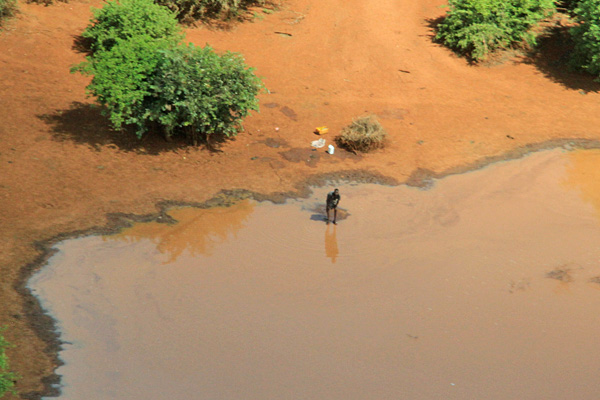
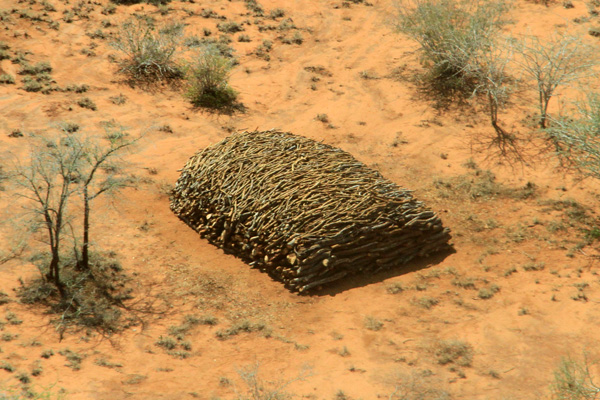
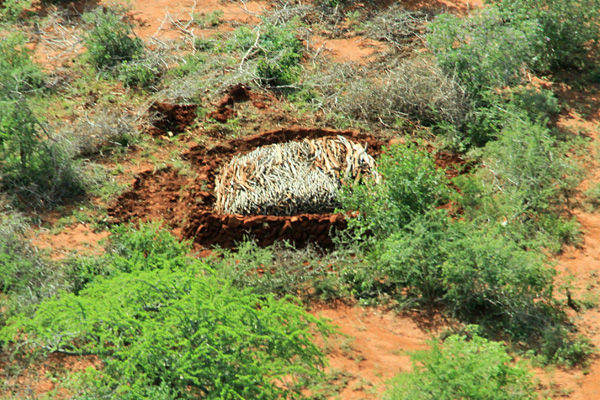

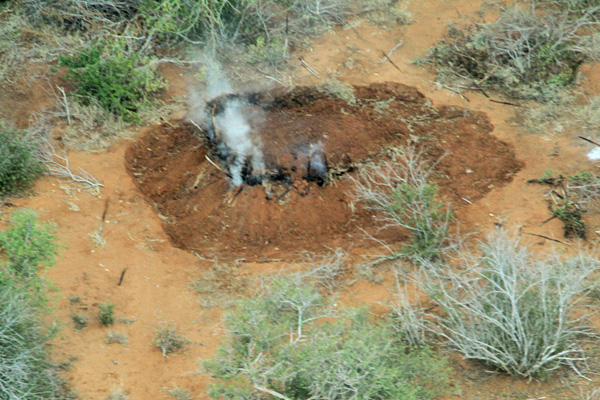
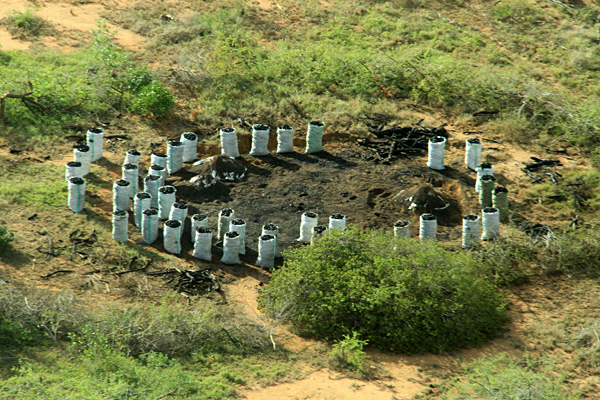








Thanks for highlighting this Mike – with a Botswanan perspective! It has been such a part of ‘rural’ Africa here that we take it for granted. Shifting baselines – what was acacia woodland, turns to scrub and eventually erosion and desertification kick in. We don’t notice what we are losing – but see more smudges of smoke year on year. With a population c. 40 million, Kenya has a lot more pressure on its land than Botswana and charcoal burning, habitat loss and increased human/wildlife conflict and poaching for bush meat are the consequences. It is not a pretty scenario and it has been getting worse.
Mike
Thanks for writing this. Its truly shocking isn’t it? Tanzania is worse. How lucky we do not have this devastating practice in Botswana – but perhaps its just a matter of time…
A well written and numbing article. Thought provoking and bringing to mind a sense of urgency to address the longer term details of the regions. I was wondering what the collateral learnings would be from your study. Thanks for sharing. I hope you also find some news on the brighter side from the trip
Worst of all, this could all be prevented.
Lake Victoria is choking from water hyacinth. We have the technology to efficiently converting them in their wet state into bio coal powder that can be pressed to briquettes to be used in lieu of charcoal. It would not only be cheaper, but resolve two problems.
However, we don’t have the $10 million to pull this project off, the Kenyan government is not supportive, despite the Master Plan LVEMP II program, and UNEP also did not follow through.
Disheartening.
Is the charcoal (for outdoor grills) used in the U.S a product of this kind of deforestation?
Thank you,
Nancy Rubin